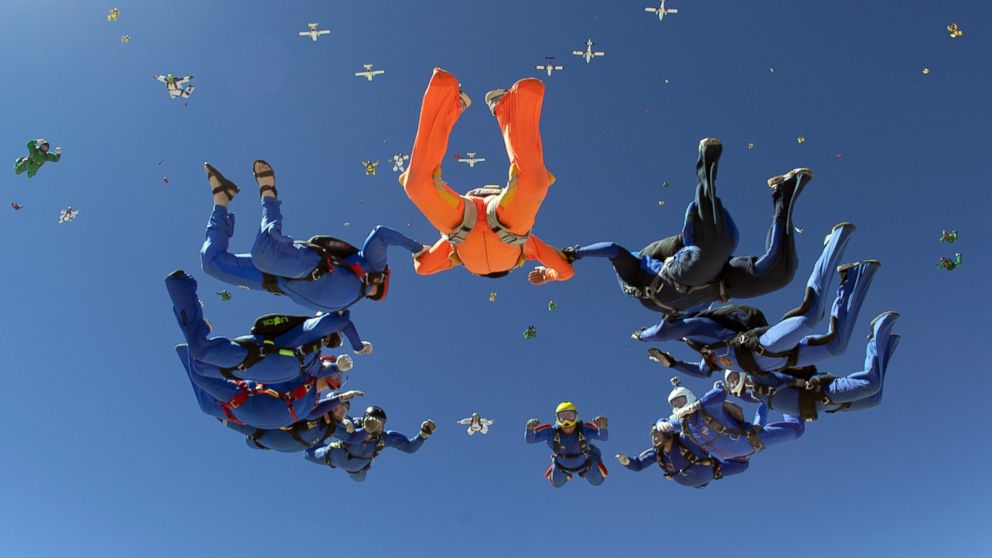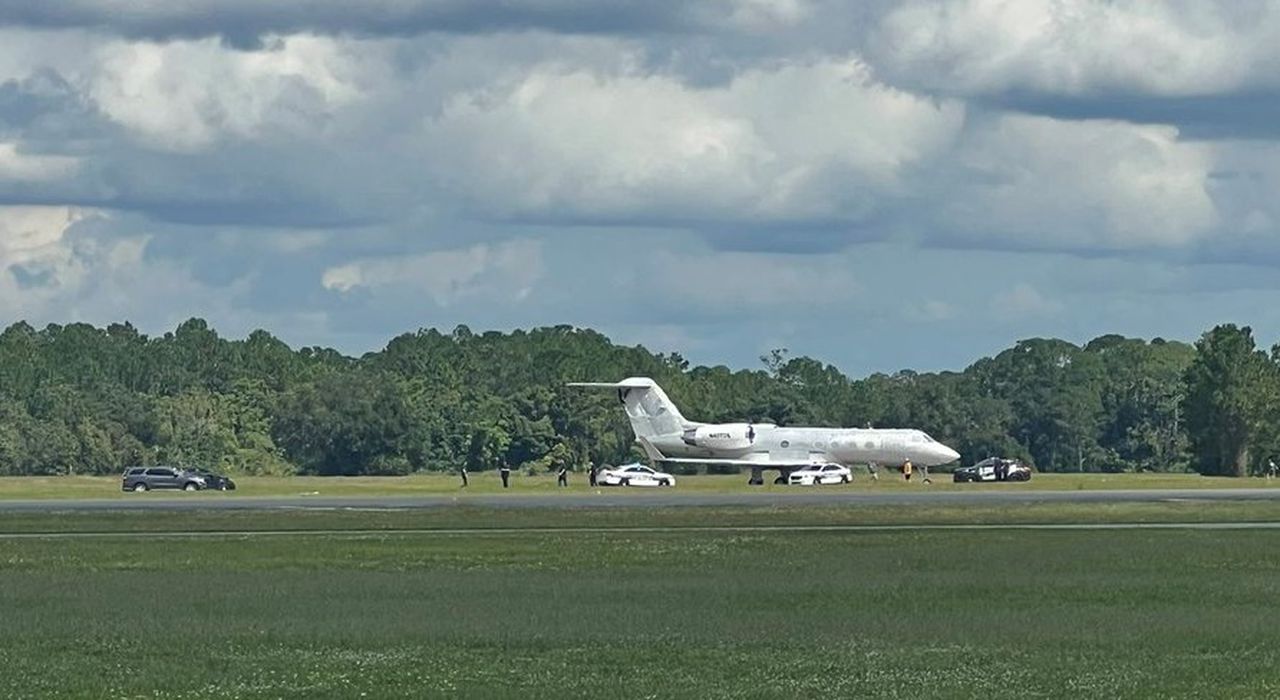Skydiver Dies: Tragic Stories, Safety Measures, And Lessons Learned
Tragic incidents involving skydivers capture global attention and raise important questions about safety in this thrilling sport. Skydiver dies headlines often highlight the inherent risks associated with skydiving. While the sport remains popular worldwide, understanding the causes behind such accidents is crucial to ensuring safer experiences for enthusiasts. This article delves into the details of skydiver deaths, explores safety protocols, and offers insights into preventing future tragedies.
Every skydiver dies incident serves as a poignant reminder of the importance of proper training, equipment maintenance, and adherence to safety guidelines. In this article, we will examine real-life cases, analyze contributing factors, and discuss ways to enhance safety in the sport. Our aim is to honor those who have lost their lives while also educating others on how to minimize risks.
Whether you are an experienced skydiver or a beginner, understanding the complexities of skydiving safety can help protect yourself and others. By exploring the lessons learned from past incidents, we hope to contribute to a safer skydiving community worldwide.
Read also:Sybella Hawley A Rising Star In The Entertainment World
Table of Contents
- Introduction to Skydiver Deaths
- Common Causes of Skydiver Deaths
- Real-Life Incidents
- Importance of Safety Training
- Equipment and Technology
- Skydiving Statistics
- Emotional Impact on Families
- Legal and Regulatory Responses
- Lessons Learned
- Conclusion and Call to Action
Introduction to Skydiver Deaths
Skydiving is a thrilling adventure sport that attracts millions of enthusiasts worldwide. However, the phrase "skydiver dies" often emerges in headlines, underscoring the risks associated with the activity. While skydiving is generally considered safe when proper precautions are taken, accidents can and do happen. Understanding the factors that contribute to these tragedies is essential for improving safety measures.
Why Skydiving is Dangerous
Several inherent dangers make skydiving a high-risk activity. Equipment failure, human error, and adverse weather conditions are among the leading causes of accidents. Skydivers must be aware of these risks and take appropriate measures to mitigate them. Proper training, regular equipment checks, and adherence to safety protocols play a critical role in reducing the likelihood of accidents.
Common Causes of Skydiver Deaths
While skydiving is statistically safer than many other adventure sports, accidents can still occur. Below are some of the most common causes of skydiver deaths:
- Equipment Malfunction: Parachute deployment issues or defective gear can lead to fatal outcomes.
- Human Error: Mistakes during jumps, such as misjudging altitude or landing incorrectly, are significant contributors to accidents.
- Weather Conditions: Sudden changes in weather, such as strong winds or storms, can increase the risk of injury or death.
- Collision with Other Skydivers: Mid-air collisions are rare but can have devastating consequences.
Real-Life Incidents
Throughout history, there have been several high-profile cases where a skydiver dies. These incidents serve as stark reminders of the dangers involved in the sport. Below are a few notable examples:
Case Study: The 2019 Florida Incident
In 2019, a skydiver died after colliding with another jumper mid-air during a group jump in Florida. The incident highlighted the importance of maintaining safe distances between skydivers and coordinating jumps carefully.
Importance of Safety Training
One of the most effective ways to prevent skydiver deaths is through comprehensive safety training. Training programs should cover:
Read also:David Bowie And Tilda Swinton The Iconic Bond That Shaped Modern Pop Culture
- Proper parachute deployment techniques
- Emergency procedures in case of equipment failure
- Weather awareness and planning
- Communication skills for group jumps
Regular refresher courses and simulations can also help keep skills sharp and reduce the likelihood of accidents.
Equipment and Technology
Advancements in technology have significantly improved skydiving safety. Modern parachutes, automatic activation devices (AADs), and altimeters are just a few examples of innovations that have made the sport safer. However, even the best equipment requires proper maintenance and usage to function effectively.
Key Equipment to Consider
- Parachutes: Ensure your main and reserve parachutes are inspected regularly by certified professionals.
- AADs: Automatic activation devices can deploy the reserve parachute if the skydiver fails to do so manually.
- Altimeters: Digital altimeters provide accurate altitude readings, helping skydivers avoid deployment errors.
Skydiving Statistics
While headlines about skydiver deaths may suggest high risks, statistics tell a different story. According to the United States Parachute Association (USPA), the fatality rate for skydiving is approximately 0.0005%, meaning that only one in every 200,000 jumps results in a fatality. This data underscores the importance of perspective when evaluating the dangers of skydiving.
Emotional Impact on Families
The loss of a loved one in a skydiving accident can be devastating for families. Grief counseling and support groups can provide much-needed assistance during this difficult time. It is crucial for the skydiving community to offer support and resources to those affected by such tragedies.
Legal and Regulatory Responses
In response to skydiver deaths, governments and organizations have implemented stricter regulations and safety standards. These measures aim to minimize risks and ensure that skydiving remains a safe and enjoyable activity. Compliance with these regulations is mandatory for all skydiving operators and participants.
Regulatory Bodies to Know
- United States Parachute Association (USPA): Sets safety standards and guidelines for skydiving in the U.S.
- Fédération Aéronautique Internationale (FAI): Governs international skydiving competitions and safety regulations.
Lessons Learned
Every skydiver dies incident offers valuable lessons that can help improve safety in the sport. By analyzing past accidents, skydivers and operators can identify areas for improvement and implement necessary changes. Continuous education, technological advancements, and adherence to safety protocols are key to reducing the risk of future tragedies.
Conclusion and Call to Action
While the phrase "skydiver dies" evokes sadness and concern, it also highlights the importance of prioritizing safety in the sport. By understanding the causes of accidents and implementing preventive measures, we can work towards a safer skydiving community. We encourage all skydivers to stay informed, participate in regular training, and advocate for improved safety standards.
We invite you to share your thoughts and experiences in the comments section below. Additionally, please consider sharing this article with others who may benefit from the information provided. Together, we can honor those who have lost their lives by striving for a safer future in the world of skydiving.
Data Source: United States Parachute Association (USPA) and Fédération Aéronautique Internationale (FAI).


